To understand your recovery facility’s performance, you need to understand the material in your waste streams— but which conveyor belt should you prioritise?
Each stream offers valuable insight, but the material you send to landfill provides the clearest picture of potential improvements (and savings).
Beginning at the end: Why start with residue line analysis?
Residue lines hold a lot of potential for recovery facilities. That’s because they often contain more of your raw materials than you’d like, which could have been turned into revenue.
Assessing the residue stream is like a blood test for your plant: if there’s a lot of valuable material on the conveyor belt, your operations need a check-up.
Those check-ups will increase your savings in the long run: at one facility, we gathered data that revealed an annual loss of £1.6 million of valuable material through the residue line.
Residue streams also contain vital emissions data: the more material that you send to landfill, the higher your environmental impact. That data will soon be essential, especially as ESG reporting becomes more important to waste regulators, organisations and investors.
Stuart Hayward-Higham, SUEZ UK’s Chief Technical Development & Innovation Officer, offered his thoughts on the subject for our recent report:
“Reporting requirements aren't quite here yet, but Scope 3 will require a data gathering increase by something like two orders of magnitude…it will likely be a development that exposes a lack of data. That won't get resolved that this year, but it's a year of realization - many are coming to terms with what's missing.”
Monitoring a single belt often reveals several ways to cut avoidable emissions, optimise your operations and increase your profit margins. Using it to monitor more than one belt can transform operations altogether.
Case study: Tracking residue in a real-world facility
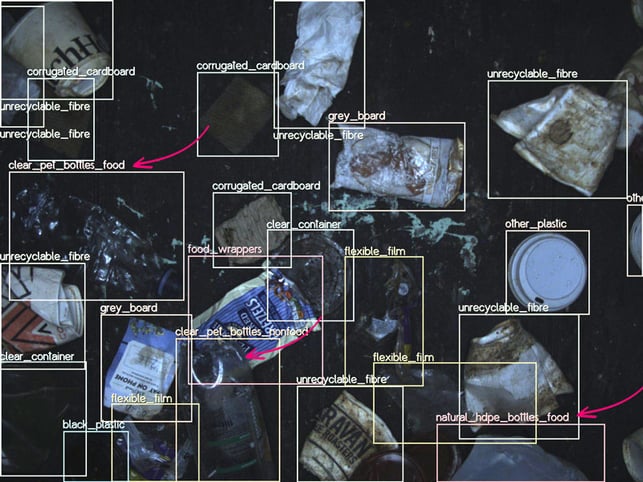
The following data is taken from our recent report on AI waste analytics, which explains why the technology is now an operational necessity for MRFs and PRFs. The anonymised data below was gathered by a single monitoring unit, installed on a residue belt at a major MRF in the UK.
Identifying avoidable losses
This overview of running mass balance makes it clear that the facility loses valuable material on a regular basis. By using AI to monitor the belt, they discovered that 28% of their residue stream was high-value material. Just 7% was truly non-recyclable:
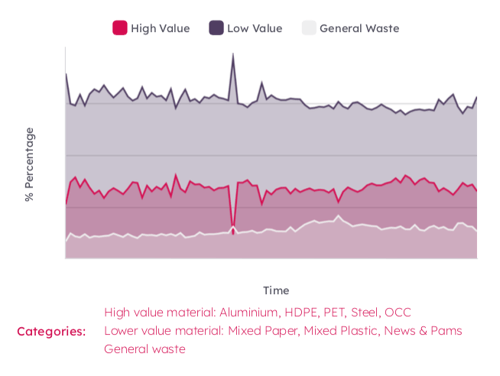
Without this data, the MRF wouldn't have known how efficient their sorting processes really were. They unintentionally discard 852 tonnes of recoverable material. 511 tonnes of that is considered high value:
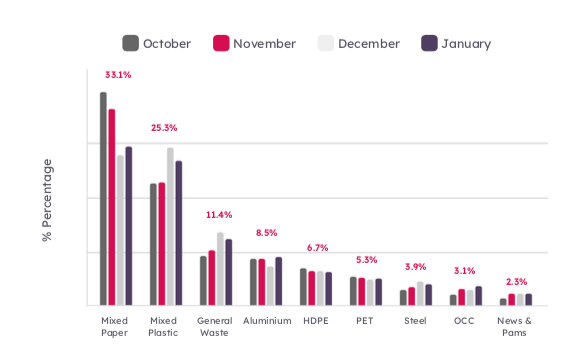
This insight also makes a strong financial argument for investing in sorting improvements, tied directly to the value that’s currently being lost. With facility operating costs steadily rising, any investment needs to be linked with a clear return-on-investment.
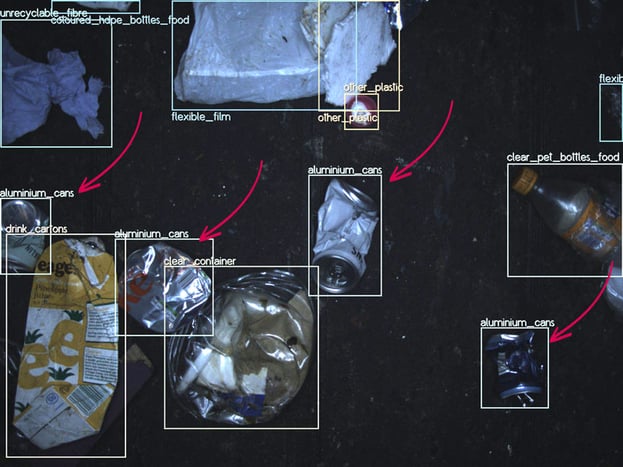
Cutting costs – and emissions
That same computer vision unit unlocked business-critical insight about downtime, gate fees and environmental impact.
Here, belt activity highlighted an average monthly downtime of 15%. Operational managers can identify and adapt to trends in the data, which showed a pattern of increased downtime from 10am to 2pm:
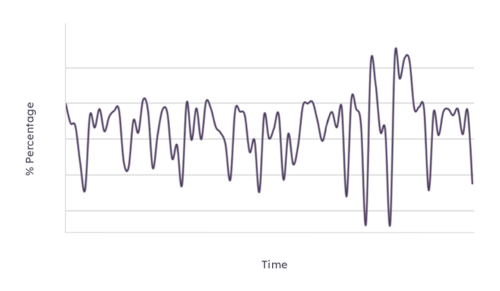
The more material a facility recovers, the less it sends to landfills. If this plant recovered more valuable material, they wouldn’t just make money on their products — based on UK fees, they’d save £56,000 a month by cutting unnecessary gate fees:
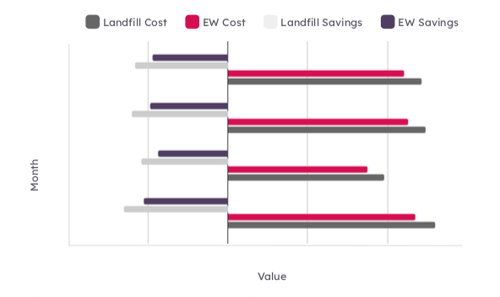
Sending less material to landfill and incineration also reduces emissions. This facility was able to quantify that environmental impact, with our platform revealing that they could cut an extra 121 TCo2e every month:
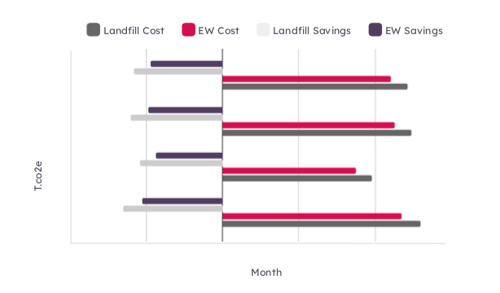
Making informed improvements
Tracking residue is one of a few ways to measure and manage plant performance. Infeed, sorting and QC belts reveal different insights about sorting efficiency, infeed blends and more. Plant managers can use that data to adapt operations, with near-instant feedback on the effects:
“Quantifying the impact of adjustments currently means days of work. With AI analytics, I can make a change, find out whether it’s positive or negative within an hour, then make more changes if needed.”
— Jonathan Caesar, Senior Technical Plant Engineer for SUEZ UK
For more case studies from active facilities, download the full report here — or at the link below. You’ll learn how real-world MRFs and PRFs apply AI to different belts, along with more thoughts on the future of waste operations from the sector’s leading innovators.

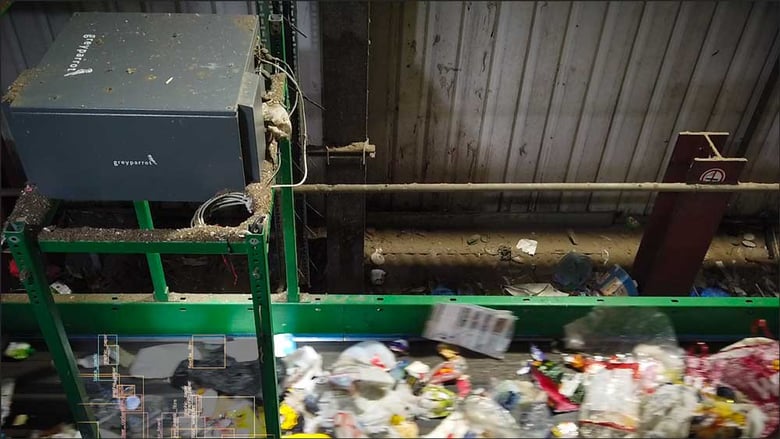
.png?width=501&height=285&name=cover-2%20(1).png)

